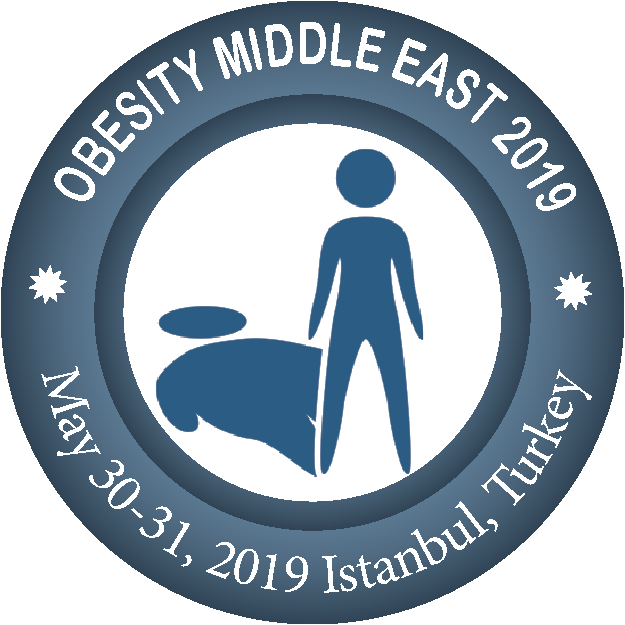
Alessandro Ferrario
Gruppo Ospedaliero San Donato, Italy
Title: Plastic surgery after massive weight loss
Biography
Biography: Alessandro Ferrario
Abstract
Plastic surgeons and patients refer to the areas of the body including the face, breasts and buttocks as deflated. These patients have significant functional and cosmetic issues related to the excess skin which presents unique problems and challenges for plastic surgeons. In the upper torso, massive weight loss can cause upper and mid-back rolls, in the breast droopiness or ptosis and excess skin in the arms. In the lower torso, a pannus or apron may develop in the mid abdomen, lower abdomen and pubic area as well as excess tissue in the flanks. Excess skin develops in the inner thighs as well, creating skin laxity both vertically and horizontally. A patient becomes a good candidate for plastic surgery approximately one year after weight loss surgery when weight has been stable for at least three to six months. The average range of BMI at time of presentation is approximately 25-28. The best candidates are those with a BMI<28 poor candidates include those with BMI 28 or greater body contouring after weight loss surgery is a growing and constantly evolving field. Conventional procedures are not always able to address these patient’s needs. Massive weight loss patients may require two to five or six procedures to address all of their concerns. Proper selection of the correct patient, operative technique and accurate markings prior to surgery are imperative in ensuring correct placement of scars. The volume loss often gives the face an emaciated and gaunt appearance.

